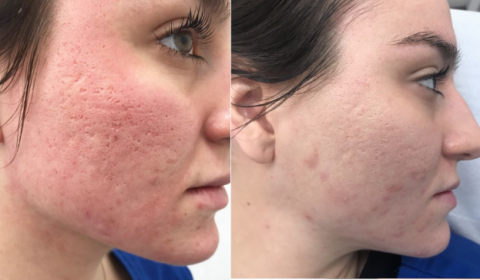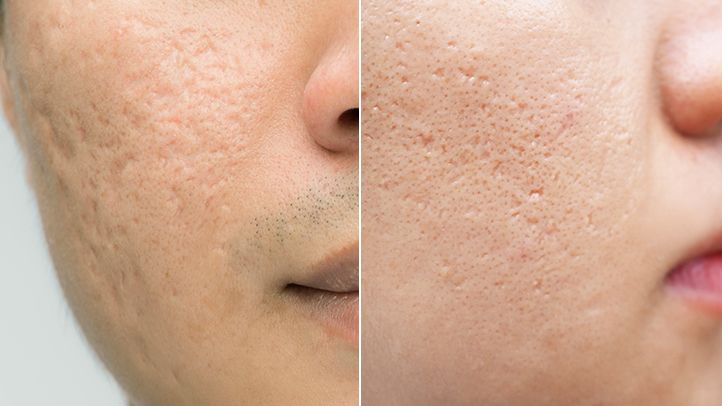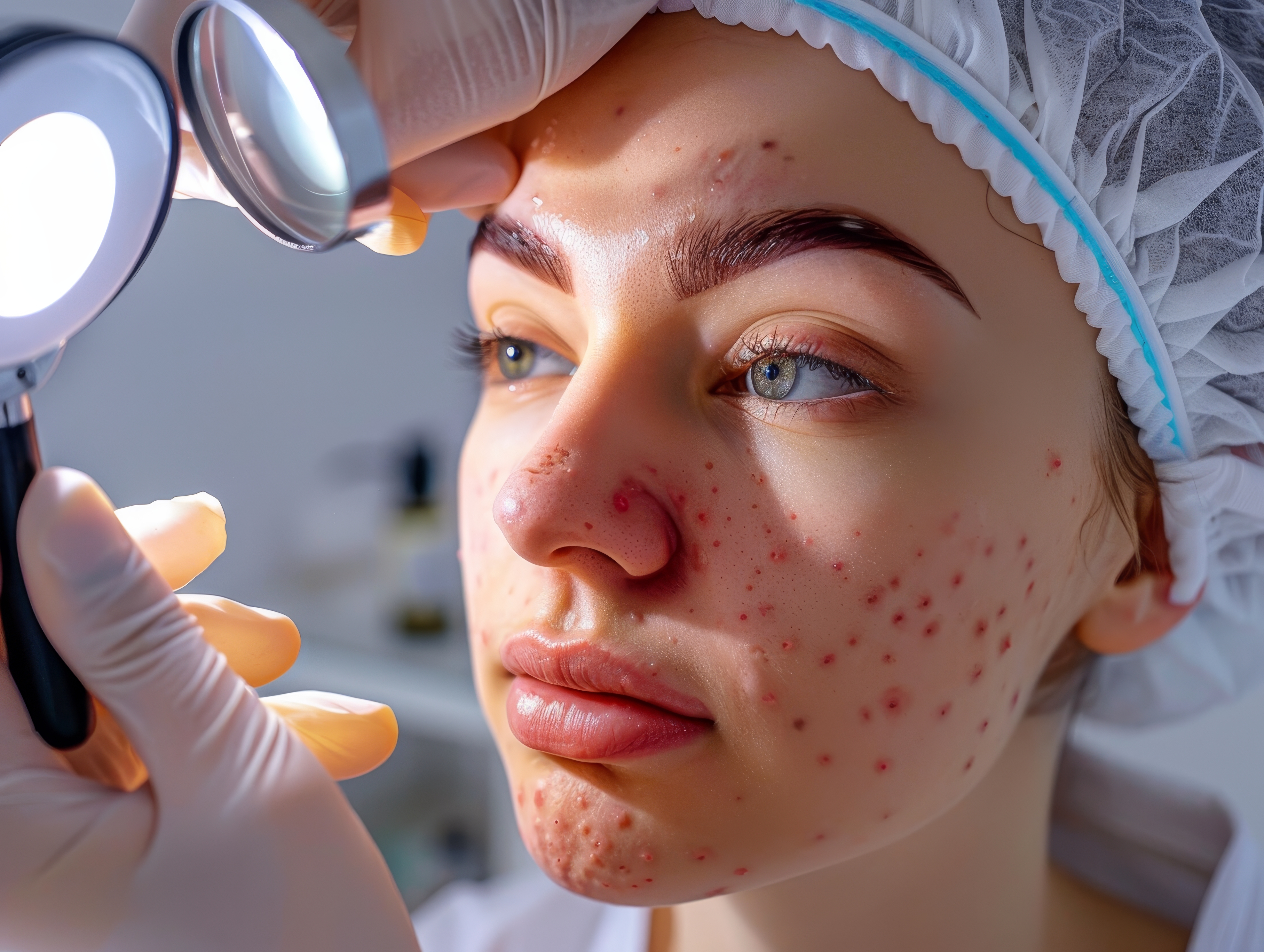Acne Scars
Scar Removal Laser Treatment
If you've been left with scars from acne or other skin conditions, scar removal laser treatments can help smooth the skin and reduce the appearance of scars. Laser treatments work by resurfacing the skin, removing damaged skin layers, and stimulating collagen production. This leads to the growth of new, healthier skin that can significantly diminish the appearance of scars.


Laser Scar Removal Cost in Pakistan
The laser scar removal cost in Pakistan varies depending on the depth and type of scar, as well as the clinic and the technology used. On average, the cost ranges from PKR 10,000 to PKR 30,000 per session. More extensive scarring may require multiple sessions, and thus the total cost could increase. It’s always recommended to get a detailed consultation to understand your specific treatment plan and associated costs.
Acne Treatment in Pakistan: Medicine and Procedures
For individuals seeking acne treatment in Pakistan, there are both medical and cosmetic solutions available. Dermatologists often prescribe acne medicine in Pakistan that includes topical treatments like retinoids, benzoyl peroxide, and salicylic acid, as well as oral medications like antibiotics or isotretinoin for more severe cases. These medications aim to reduce oil production, clear bacteria, and prevent new breakouts.
For those who prefer non-invasive options, laser treatments and chemical peels are highly effective for both active acne and scarring. Combining medical treatments with laser therapy can provide a comprehensive solution for clearer skin.


Conclusion
Whether you’re dealing with acne or struggling with scarring, there are numerous acne treatment and scar removal laser options in Pakistan that can help you achieve smoother, clearer skin. The acne laser treatment price in Pakistan and laser scar removal cost vary depending on the clinic, number of sessions, and severity of the condition. Additionally, acne medicine in Pakistan offers a variety of options to help manage and prevent breakouts. Always consult with a dermatologist to find the best treatment plan tailored to your skin’s needs.
Make an Appointment
Book your appointment today for a personalized consultation. Whether you're interested in PRP treatment or other hair restoration solutions, our expert team is here to guide you through the process. Let's discuss how we can help you achieve your desired results.
Frequently Asked Questions
Hair restoration and PRP therapy can raise many common concerns among our clients. Below, we’ve compiled answers to frequently asked questions to help you better understand the PRP hair treatment process, its benefits, and what to expect during your journey to healthier hair. If you have any additional questions, feel free to contact our specialists.
-
What is PRP hair
treatment and how does it work?
PRP (Platelet-Rich Plasma) therapy involves drawing a small amount of your blood, processing it to extract the platelet-rich plasma, and injecting it into your scalp. The platelets release growth factors that stimulate hair follicles, promoting natural hair growth and improving hair thickness.
-
How
long does it take to see results from PRP hair treatment?
Most patients begin to see noticeable improvements within 3-6 months after starting PRP therapy. However, the timeline can vary based on individual hair growth cycles and the severity of hair thinning.
-
Is
PRP treatment painful?
The procedure involves minor discomfort since it uses small injections into the scalp. Most patients find the pain tolerable, and a numbing cream is often applied beforehand to minimize any discomfort.
-
How
many PRP sessions will I need?
Typically, a series of 3-4 sessions spaced 4-6 weeks apart is recommended to achieve optimal results. After the initial treatments, maintenance sessions every 6-12 months may be suggested to sustain hair growth.
-
Are
there any side effects of PRP hair treatment?
PRP treatment uses your own blood, so the risk of adverse reactions is minimal. Some mild swelling, redness, or tenderness at the injection site may occur but typically resolves within a few days.





